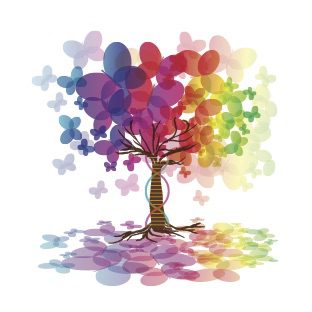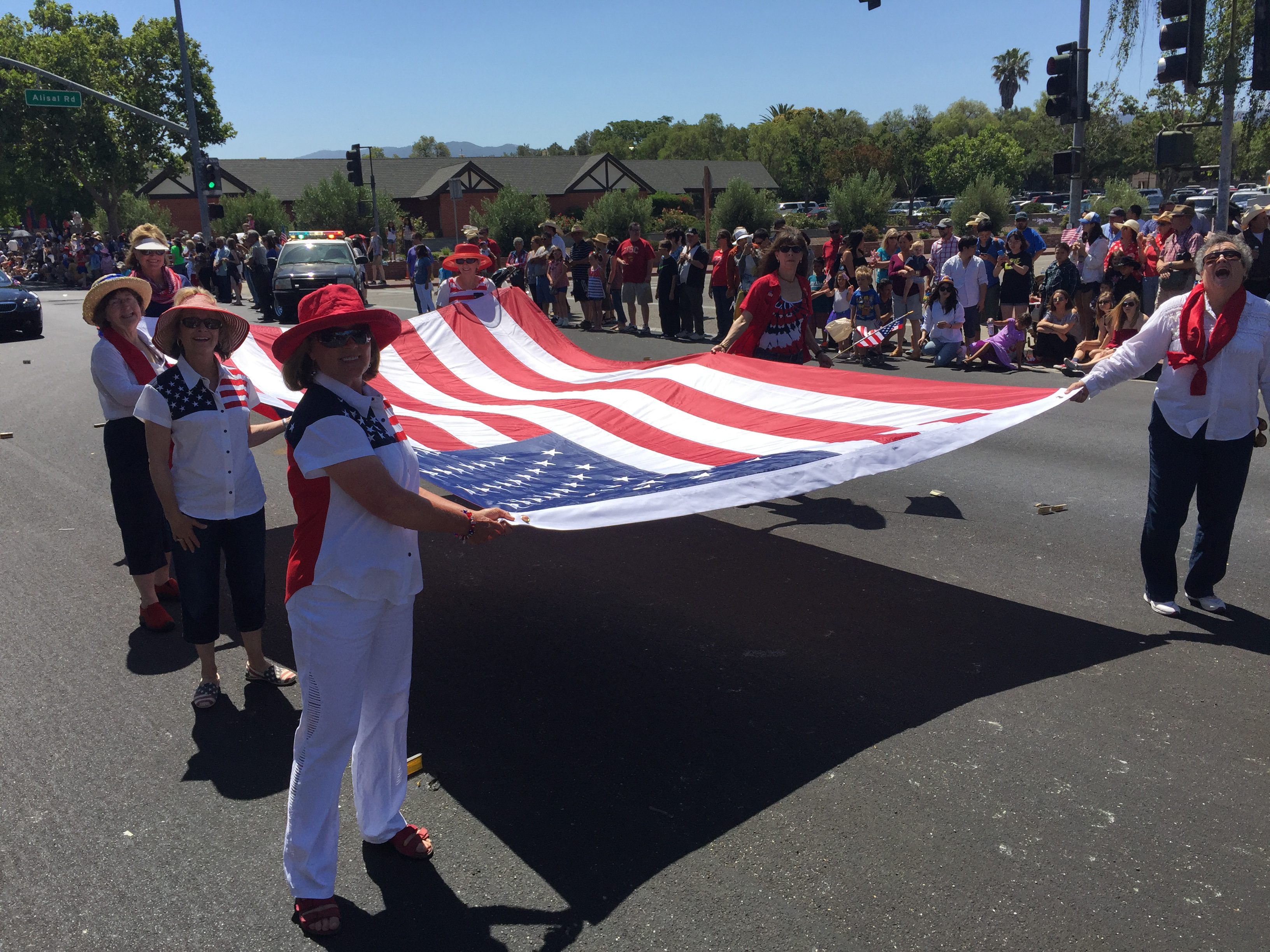By Sheila Benedict
Last month’s column listed many repositories in Santa Barbara County and I hoped some would read the column and contact me with additional information about their collections.
Here is one response with great information: “…the City of Santa Maria Public Library offers the database, Ancestry.com, for use at its five libraries in Cuyama, Guadalupe, Los Alamos, Orcutt, and Santa Maria. The main library in Santa Maria houses a special collection of genealogy materials through a joint use cooperative agreement with the Santa Maria Valley Genealogical Society. Patrons can get help from the Santa Maria Valley Genealogical Society in using the Library’s special collection by appointment. Call the Santa Maria Public Library, 805-925-0994 Reference Desk.” [signed] Mary Housel, City Librarian/County Library Director for Zone 3, President, Santa Maria Public Library Foundation, Santa Maria Public Library, 421 S. McClelland Street, Santa Maria, CA 93454.
Housel’s information leads into how important it is to look at everything. Some years ago, when teaching beginning genealogy at Allan Hancock College through its Adult Education Program, one of the first questions I asked was how many sources of information do you need before considering what you have is accurate, factual evidence so there is no need to look for more?
The answers ranged from two to five. Question: what if you have three sources, i.e. a document, a book reference, and an online database and all three agree. In the middle of your research, you discover two or more other documents and/or an oral history (with verifiable source citations) and they have different information.
Do you discount them as not worth pursuing further? Do you think that maybe you need to look further to find evidence to either validate or dismiss one theory or another? The answer lies with the latter of course. Never discount anything you find, especially in this era of ongoing digitization of sources, some of which have not been accessible to this point.
There are three elements: 1) Sources can be people, records, books, websites (add databases); 2) Information is in the sources and you need to discern if it is primary (firsthand knowledge), secondary (secondhand/hearsay), or perhaps undetermined (needs further study); and, 3) Evidence comes from the information located in the sources and is evaluated as direct (relevant information), indirect (information does not directly answer the question). Negative evidence: an absence of it that should exist but does not, and negative findings: no evidence located. It is important not to confuse Negative Evidence with Negative Findings. All of it is your body of work and needs to be analyzed, correlated, and proven.
Suggested reading: Mills, Elizabeth Shown. Evidence Explained: Citing History Sources from Artifacts to Cyberspace, 3rd edition-revised. Baltimore, Maryland: Genealogical Publishing Company, 2017; and, Jones, Thomas W., Mastering Genealogical Proof. National Genealogical Society Special Topics Series, Arlington, Virginia, 2013; and for an excellent guide to genealogical resources online, check out https://www.cyndislist.com! More on Internet resources next month.
Sheila Benedict is a professional forensic and family genealogist. She is the author of Research in California, which she wrote in 2015 for the National Genealogical Societies Research in the States Series and writes articles in a variety of genealogical society newsletters and magazines.





